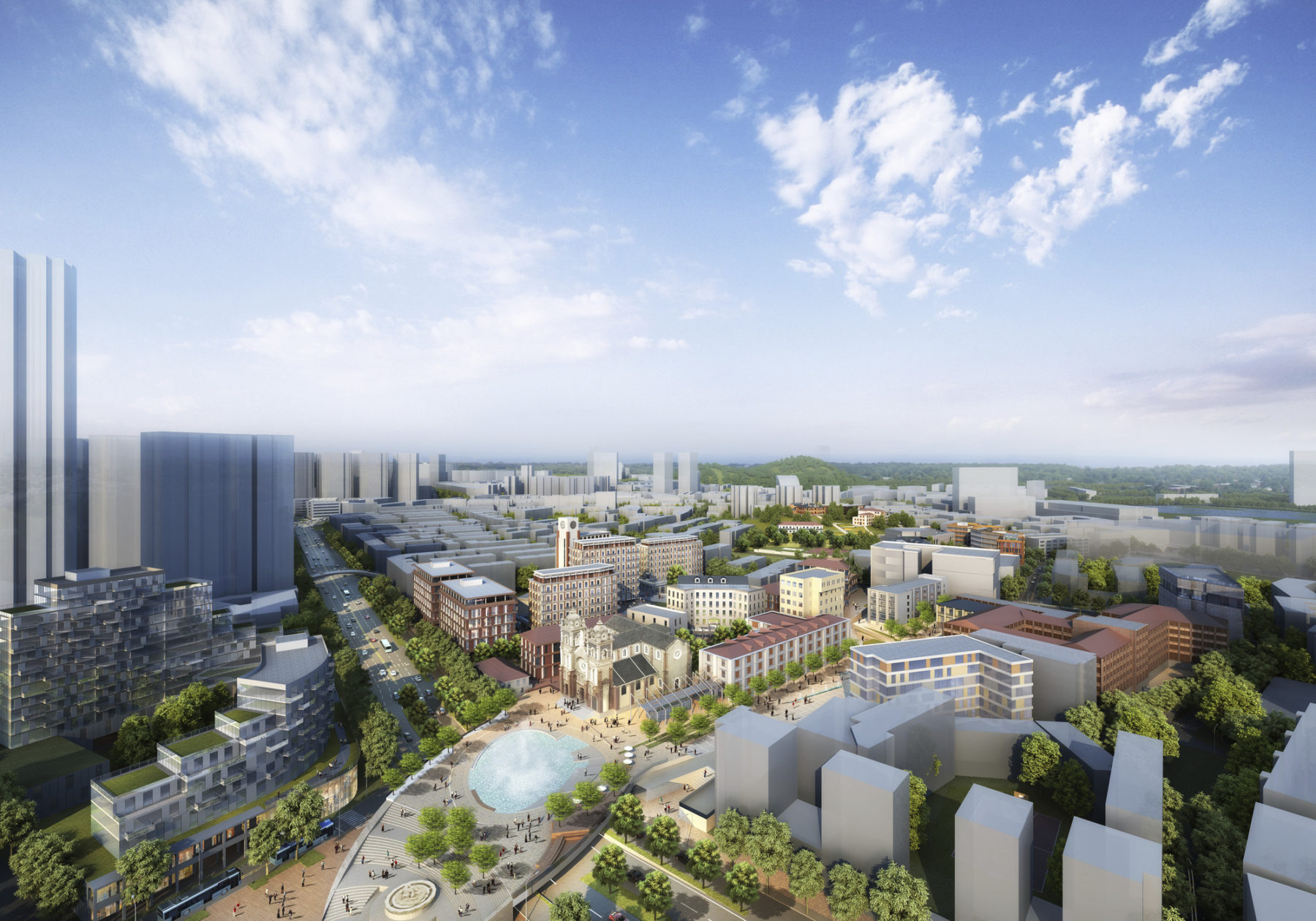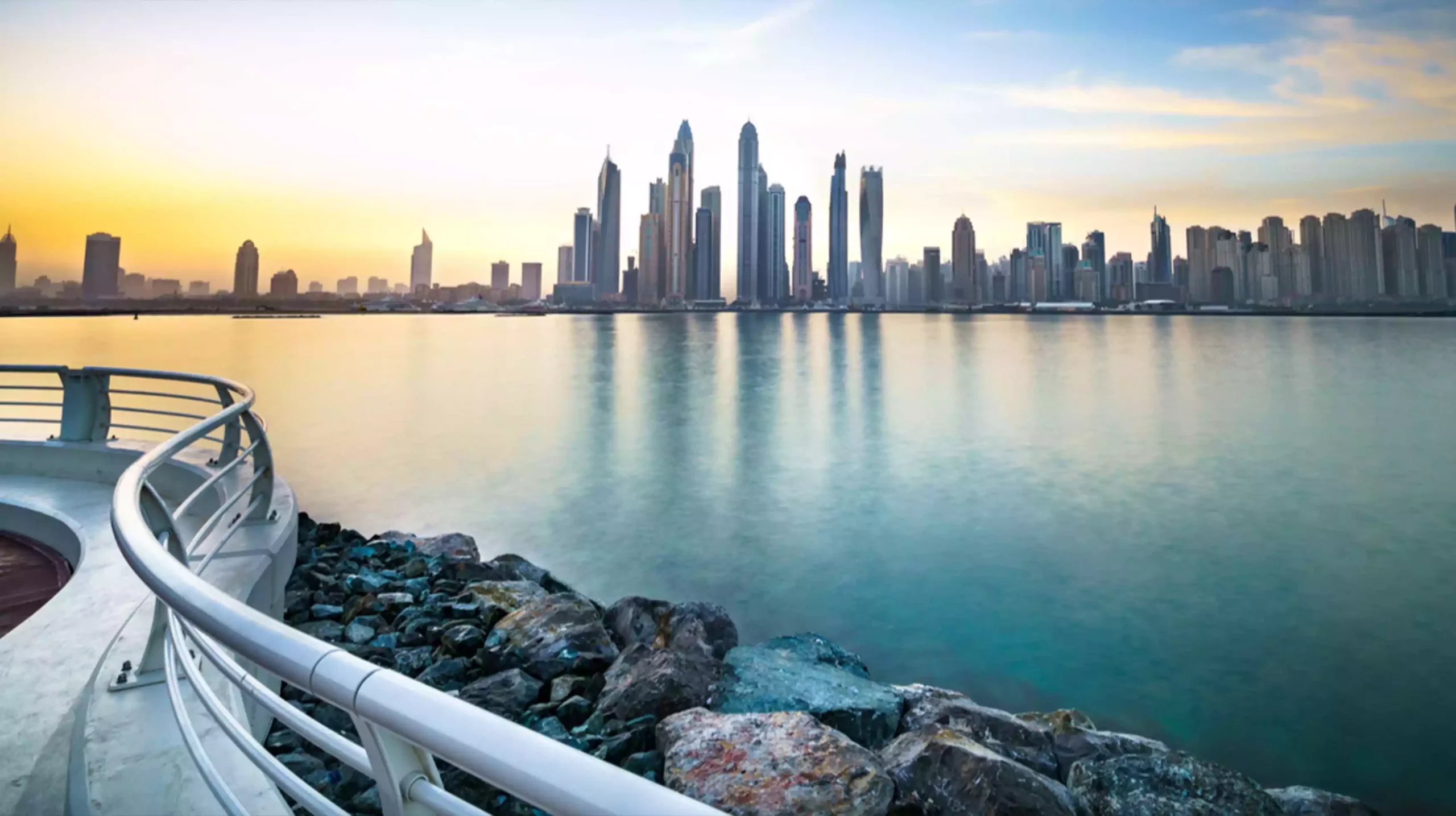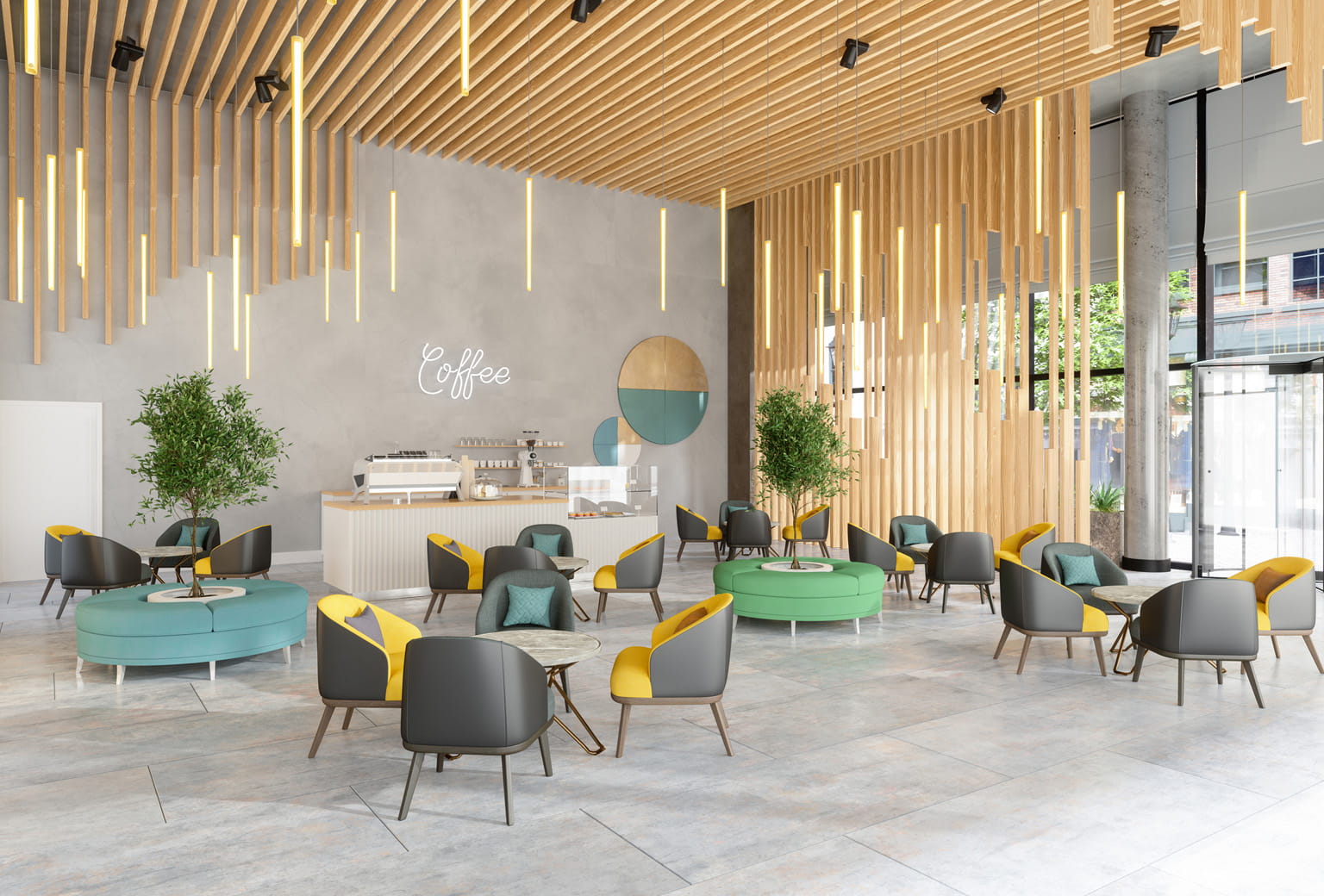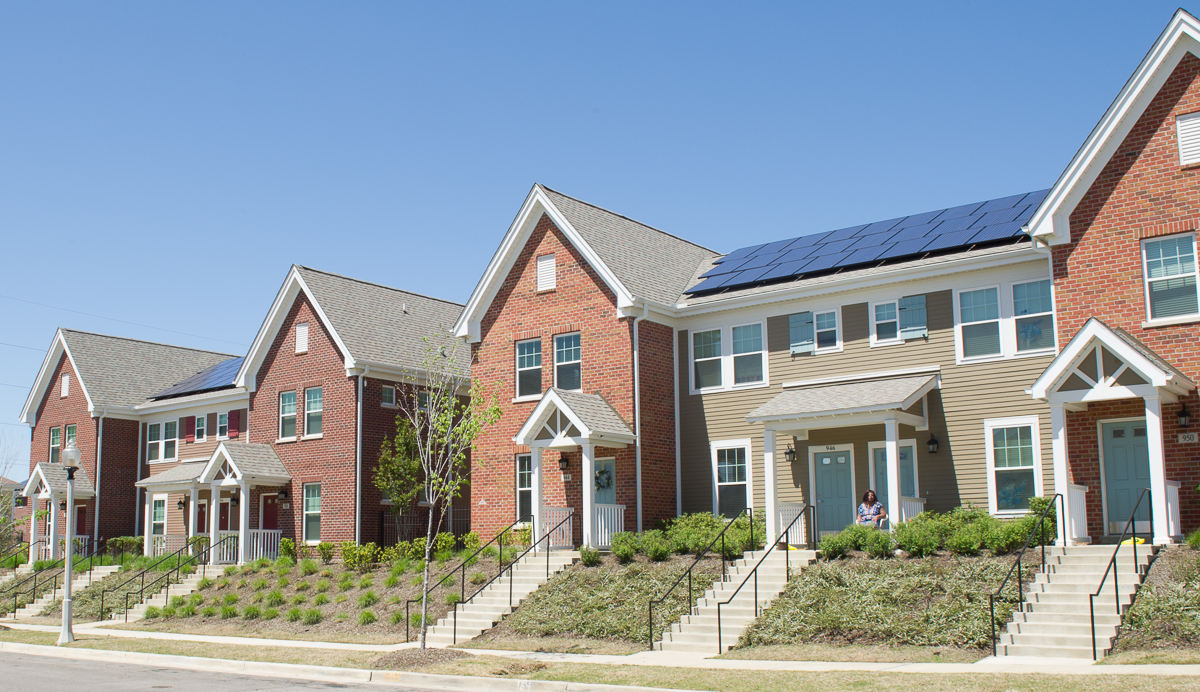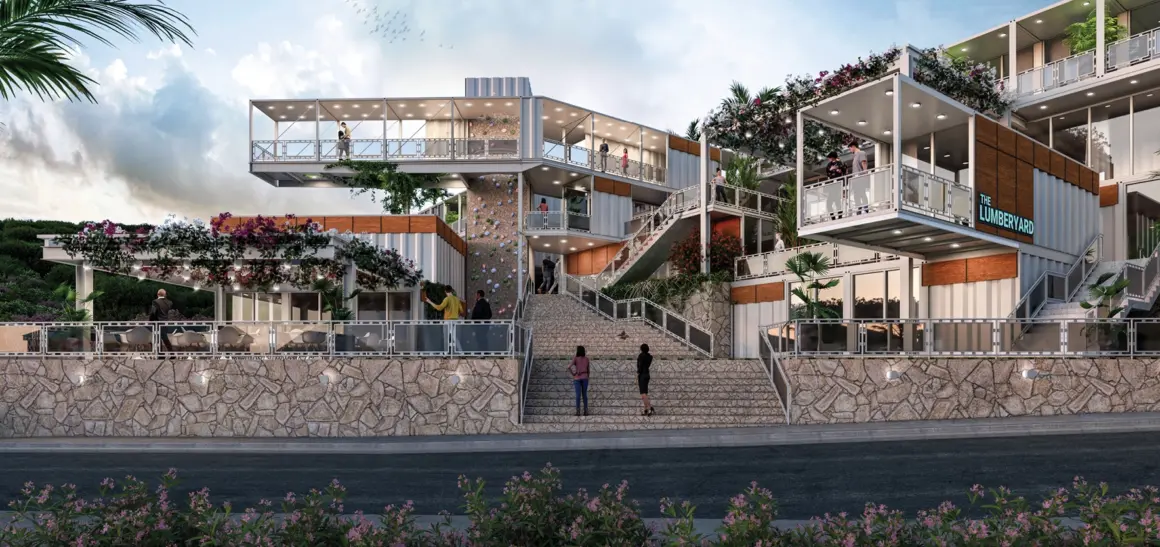Introduction: Revitalizing Urban Landscapes for a Sustainable Future
Urban redevelopment is a dynamic process that aims to revitalize and transform existing urban areas to meet the evolving needs of communities and promote sustainable growth. From repurposing abandoned buildings and brownfield sites to creating vibrant mixed-use developments, urban redevelopment plays a crucial role in shaping the future of cities. In this article, we explore the multifaceted realm of urban redevelopment, highlighting its significance, challenges, and innovative approaches that are reshaping urban landscapes.
Understanding Urban Redevelopment: A Holistic Approach to City Transformation
Defining Urban Redevelopment
Urban redevelopment refers to the comprehensive revitalization and renewal of urban areas through strategic planning, investment, and development initiatives. It encompasses a range of activities, including land assembly, infrastructure improvements, adaptive reuse of existing structures, and community engagement, aimed at enhancing the quality of life, economic vitality, and environmental sustainability of urban communities.
Key Objectives of Urban Redevelopment
- Community Revitalization: Urban redevelopment seeks to rejuvenate distressed or underutilized neighborhoods, creating vibrant, inclusive communities where residents can live, work, and thrive.
- Economic Development: By attracting investment, businesses, and job opportunities, urban redevelopment stimulates economic growth and revitalizes urban economies, contributing to local prosperity and competitiveness.
- Environmental Sustainability: Sustainable urban redevelopment prioritizes environmentally-friendly design practices, green infrastructure, and resource-efficient technologies to minimize environmental impact and promote resilience to climate change.
- Social Equity: Addressing disparities in access to housing, amenities, and opportunities, urban redevelopment endeavors to create more equitable and inclusive cities, where all residents have access to essential services and amenities.
Strategies for Successful Urban Redevelopment
Adaptive Reuse of Historic Buildings
Preserving and repurposing historic buildings and structures is a cornerstone of successful urban redevelopment. Adaptive reuse projects breathe new life into aging infrastructure, preserving architectural heritage while accommodating modern uses such as residential lofts, offices, or cultural venues. By retaining the character and charm of historic neighborhoods, adaptive reuse projects contribute to the cultural identity and sense of place in urban areas.
Transit-Oriented Development (TOD)
Transit-oriented development promotes compact, mixed-use development centered around public transit hubs, such as train stations or bus terminals. By encouraging higher-density, pedestrian-friendly development near transit nodes, TOD reduces reliance on automobiles, promotes active transportation, and enhances mobility and access to jobs, amenities, and services. TOD also supports sustainable urban growth by minimizing sprawl and reducing greenhouse gas emissions from transportation.
Brownfield Remediation and Redevelopment
Brownfield sites, abandoned or underutilized properties with potential environmental contamination, present both challenges and opportunities for urban redevelopment. Through remediation efforts and innovative redevelopment strategies, brownfield sites can be transformed into valuable assets, providing space for new development, green infrastructure, or public amenities. Brownfield redevelopment not only revitalizes blighted areas but also mitigates environmental hazards and promotes sustainable land use.
Mixed-Use Development
Mixed-use development combines residential, commercial, and recreational uses within a single development, fostering a vibrant urban environment where people can live, work, and play in close proximity. By promoting walkability, diversity, and vitality, mixed-use developments create lively urban centers that support local businesses, encourage social interaction, and enhance quality of life for residents. Mixed-use projects also optimize land use, maximizing the efficiency of urban infrastructure and resources.
Challenges and Opportunities in Urban Redevelopment
Gentrification and Displacement
While urban redevelopment offers numerous benefits, it also raises concerns about gentrification and displacement, particularly in low-income neighborhoods. Rising property values and rents may price out existing residents, leading to social and economic exclusion. Addressing these challenges requires inclusive planning processes, affordable housing strategies, and equitable development policies that prioritize the needs of existing communities and ensure that redevelopment benefits are shared equitably.
Infrastructure and Funding Constraints
Urban redevelopment projects often face challenges related to inadequate infrastructure, funding constraints, and regulatory hurdles. Addressing aging infrastructure, improving public services, and financing large-scale redevelopment initiatives require collaboration among government agencies, private investors, and community stakeholders. Creative financing mechanisms, public-private partnerships, and incentive programs can help overcome these challenges and unlock the full potential of urban redevelopment projects.
Environmental Sustainability
Promoting environmental sustainability is a key priority in urban redevelopment, yet achieving this goal requires careful planning, innovative design strategies, and community engagement. Sustainable redevelopment practices, such as green building certification, stormwater management, and renewable energy integration, can enhance the resilience and environmental performance of urban projects. Engaging residents in sustainability initiatives and promoting public awareness of environmental benefits are also essential for fostering a culture of sustainability in urban communities.
Conclusion: Shaping Cities for Future Generations
In conclusion, urban redevelopment is a dynamic process that holds immense potential for shaping vibrant, resilient, and sustainable cities for future generations. By embracing innovative strategies, fostering collaboration, and prioritizing community needs, urban redevelopment can transform urban landscapes, improve quality of life, and create lasting positive impact for residents and stakeholders. As cities continue to evolve and grow, urban redevelopment will remain a vital tool for addressing urban challenges, promoting inclusive growth, and building thriving communities.

